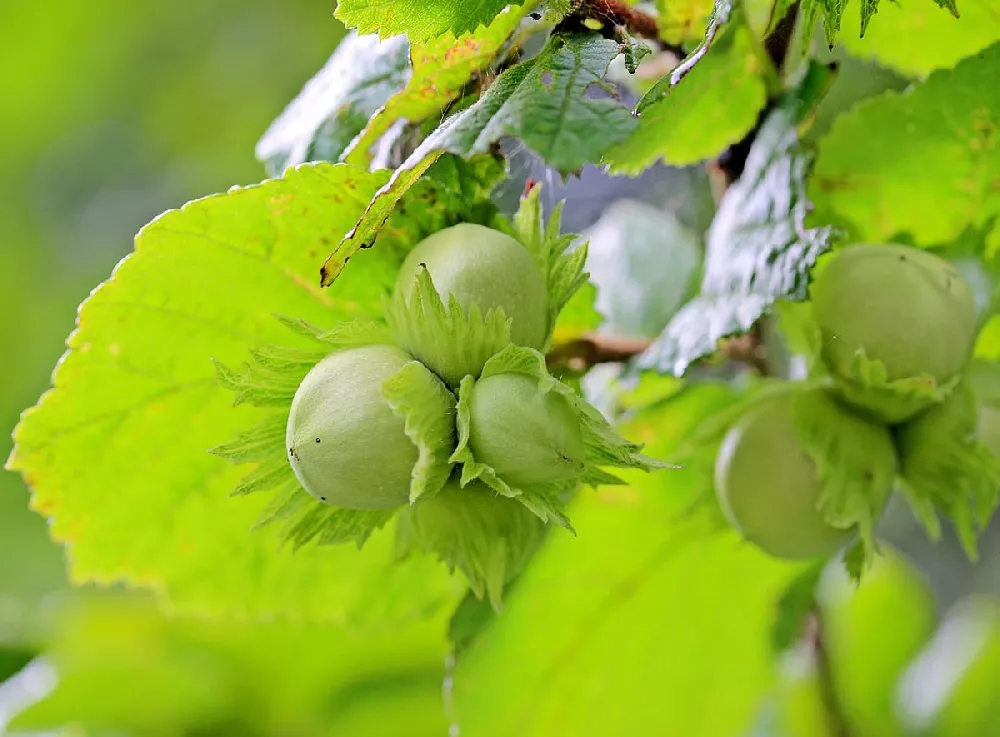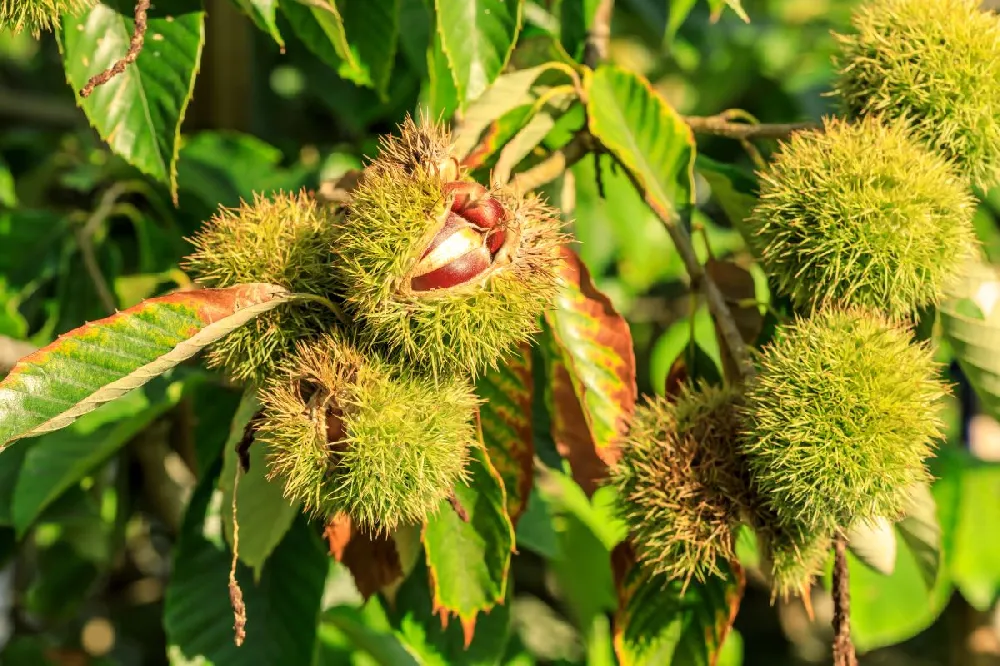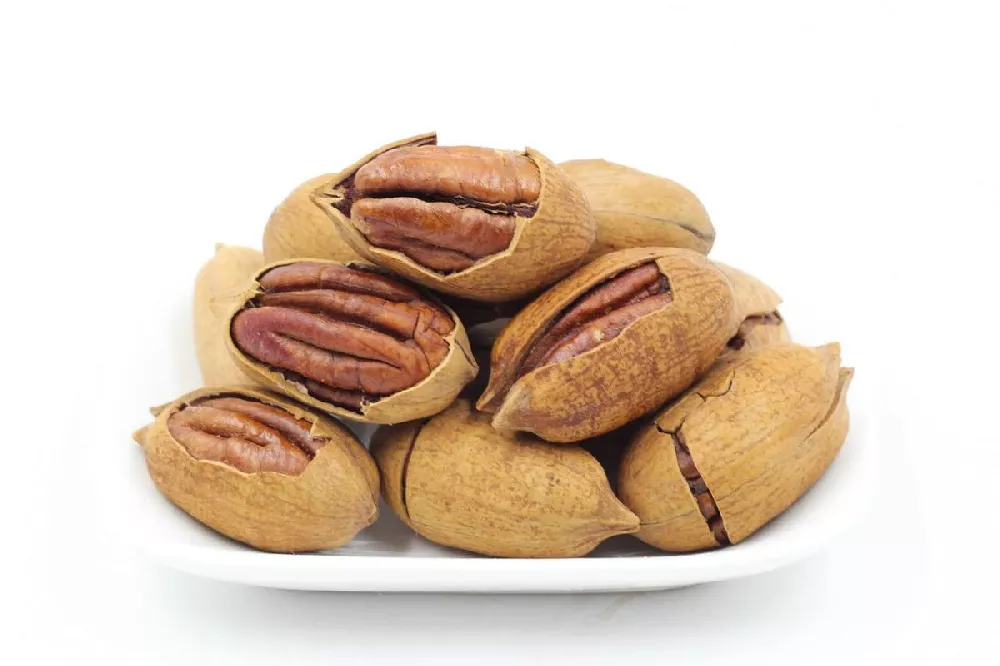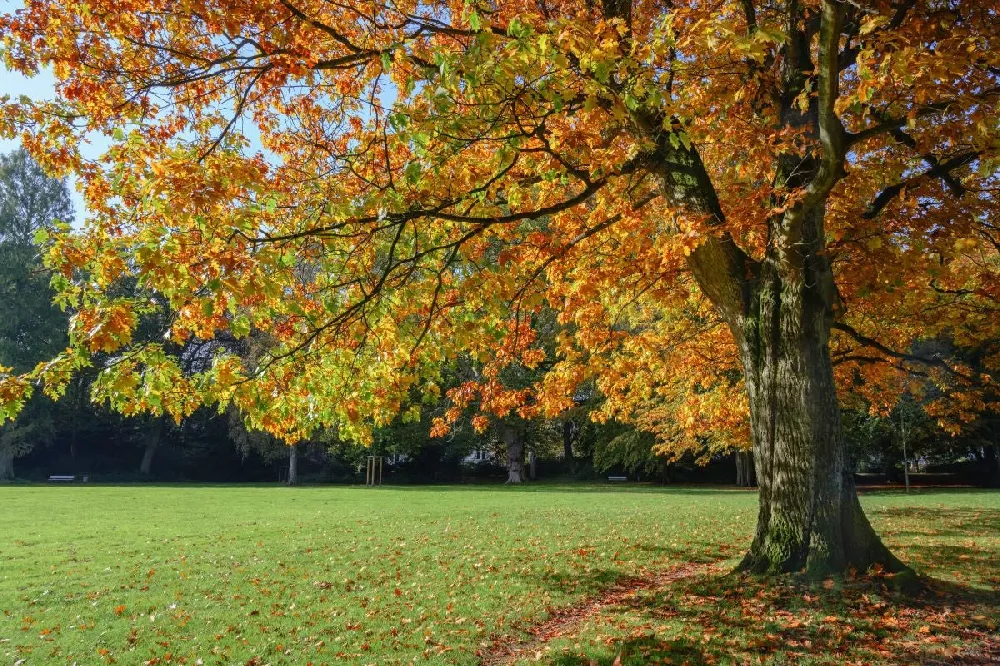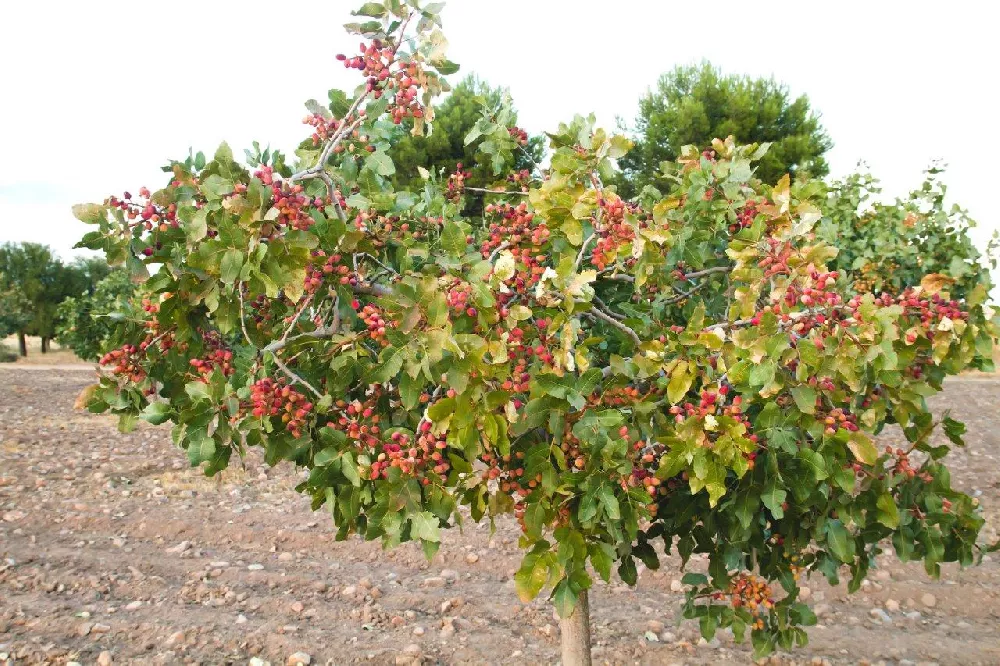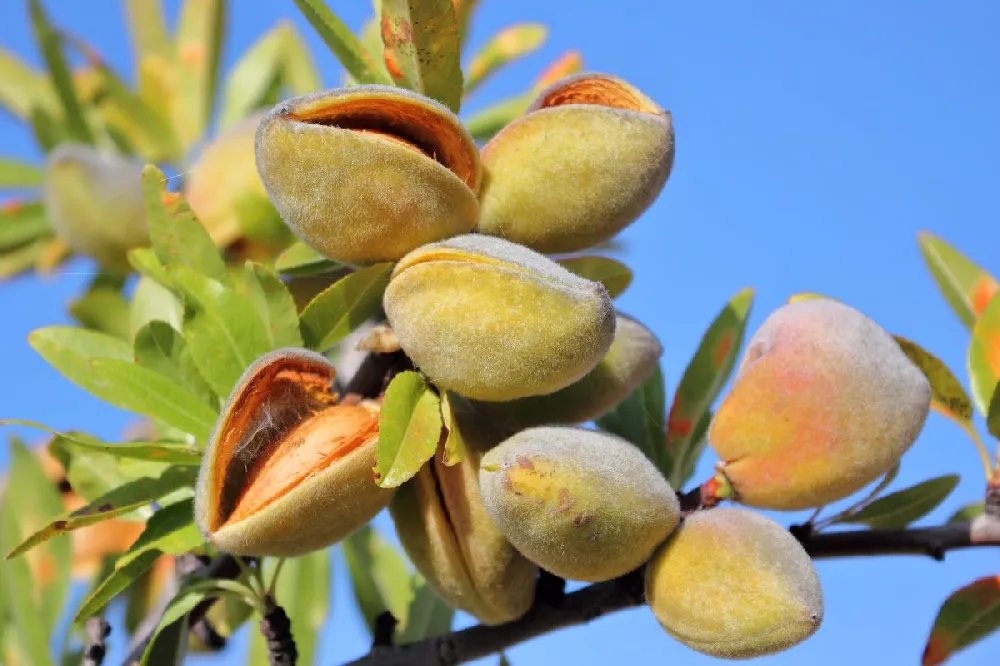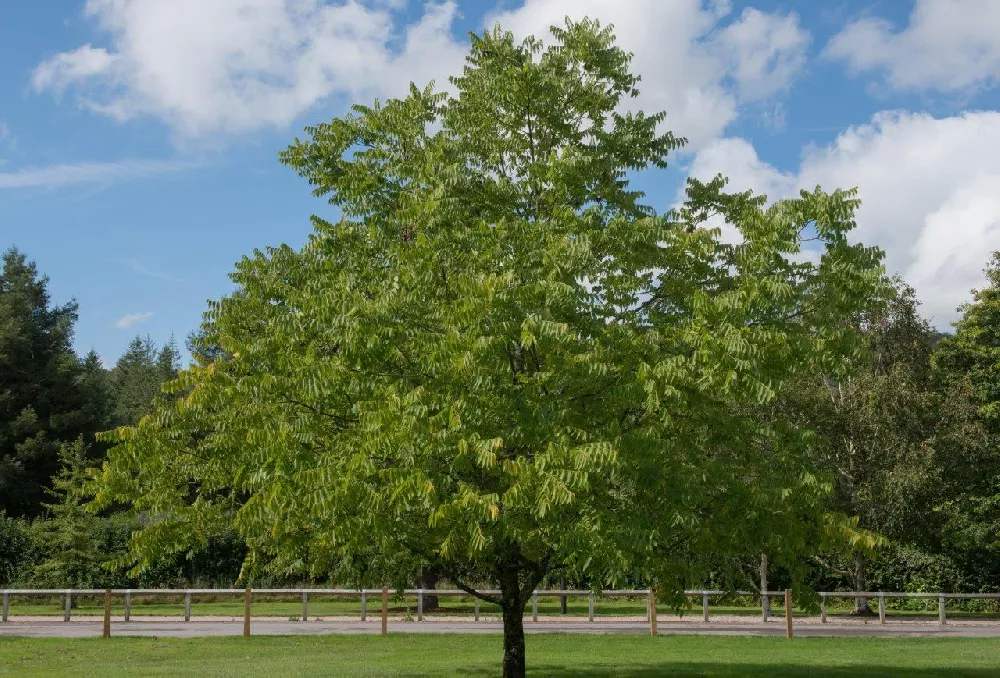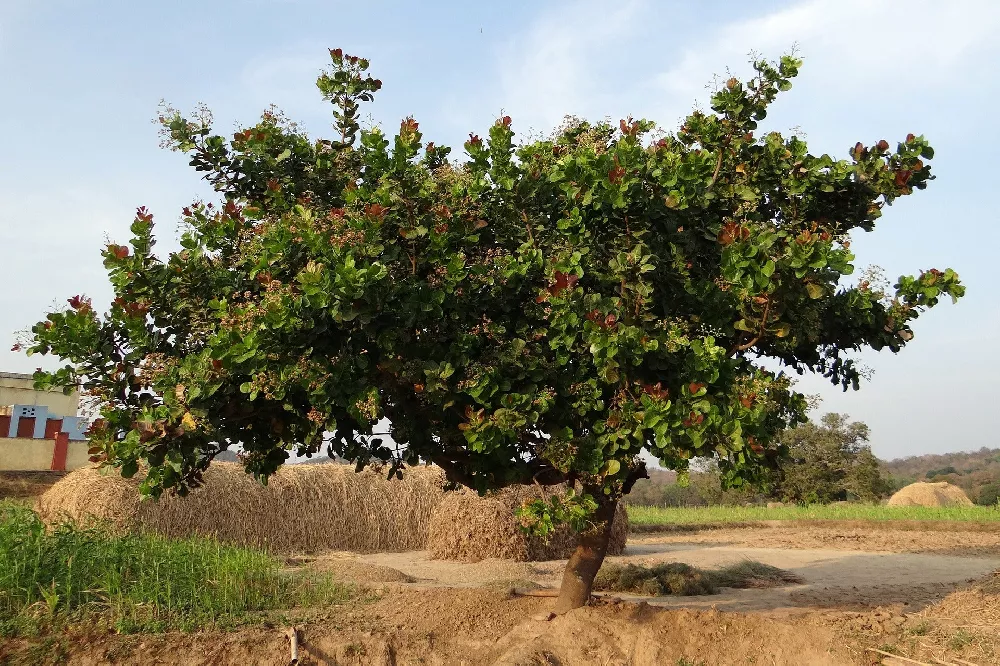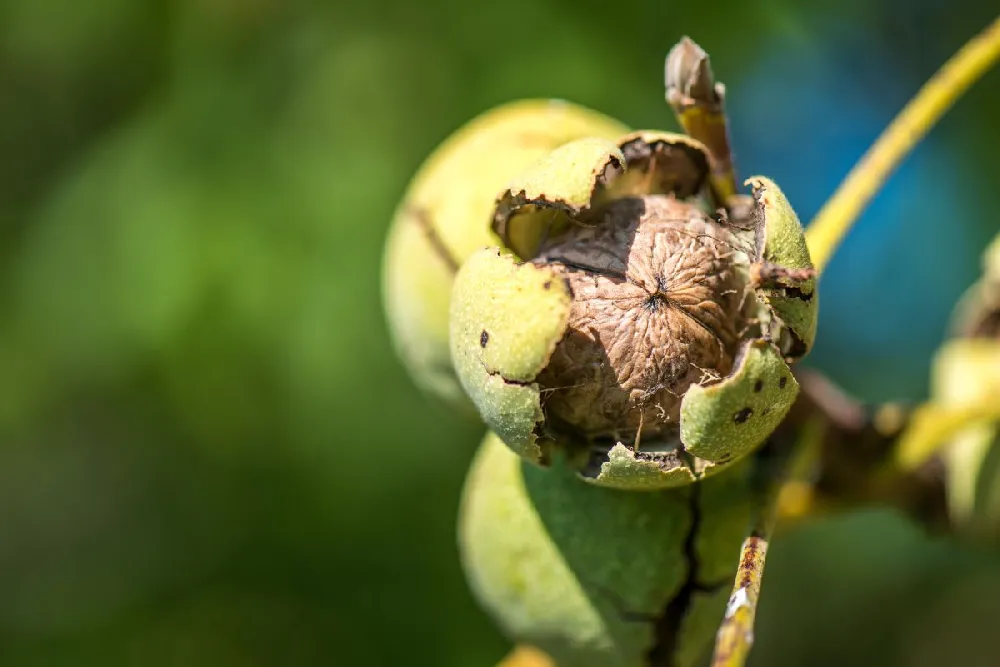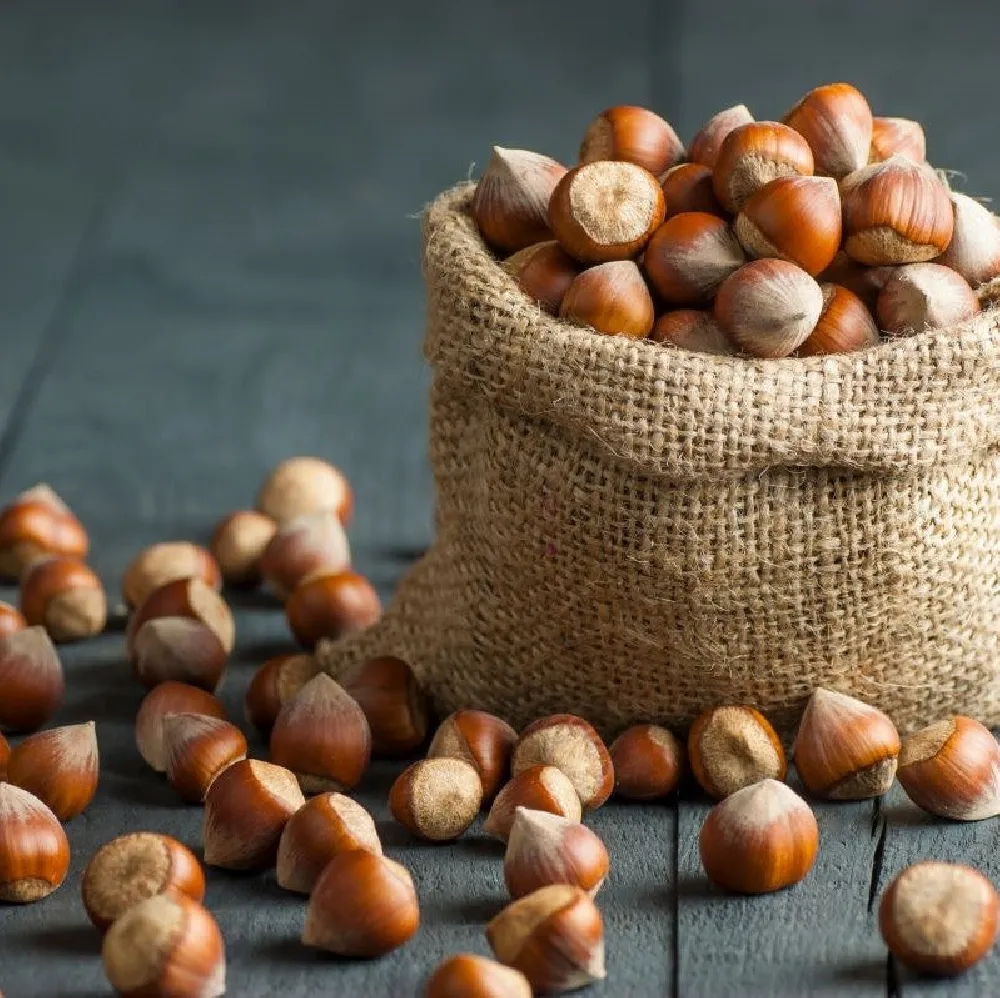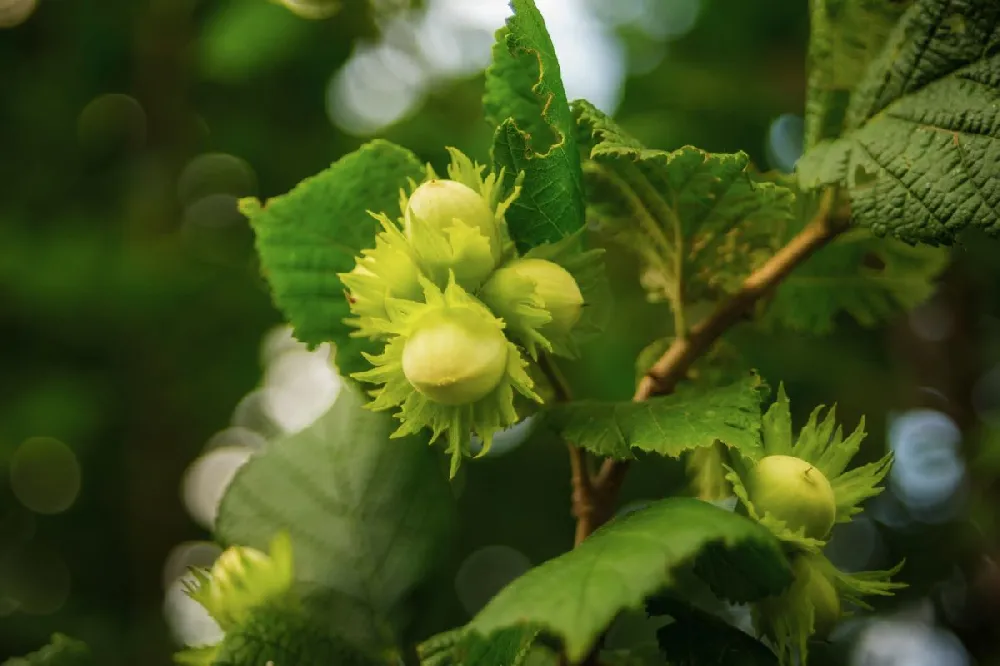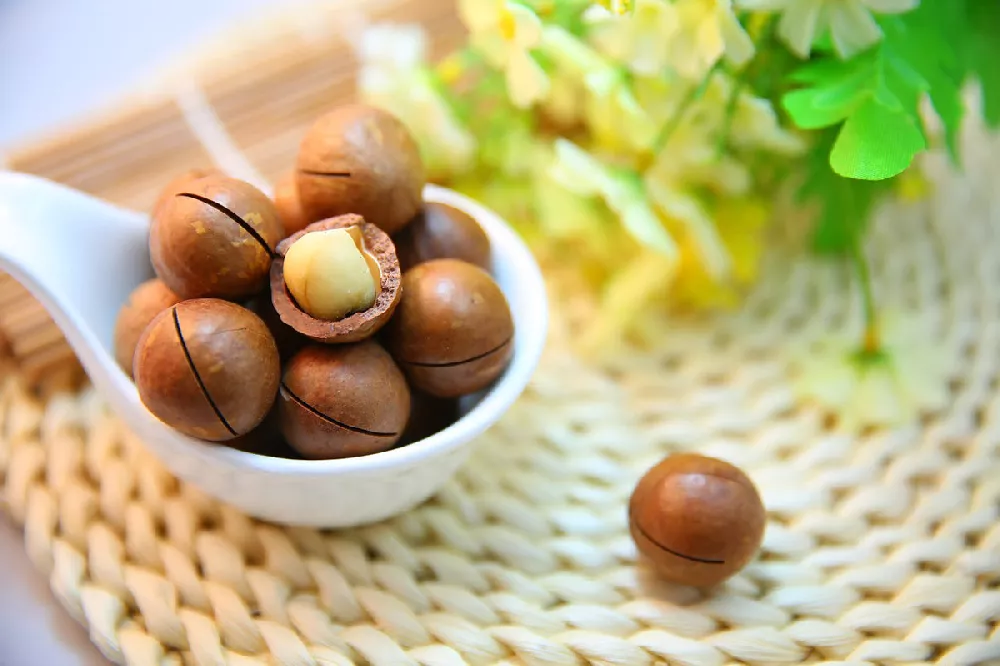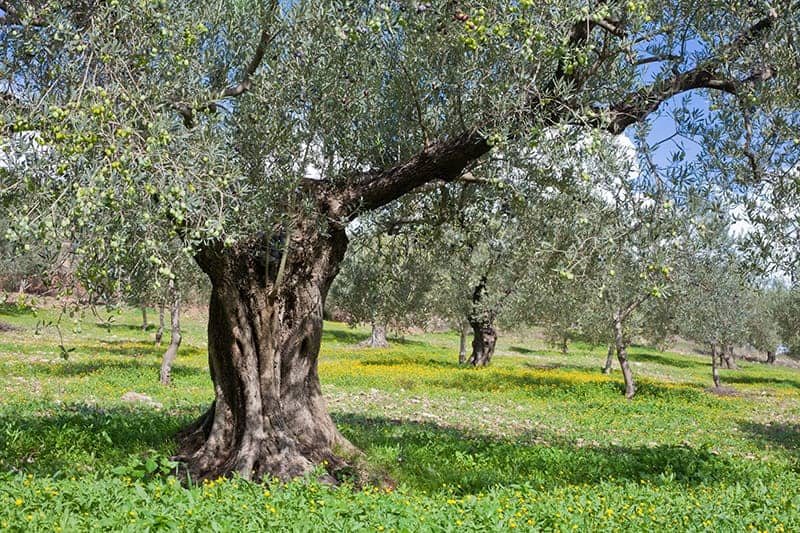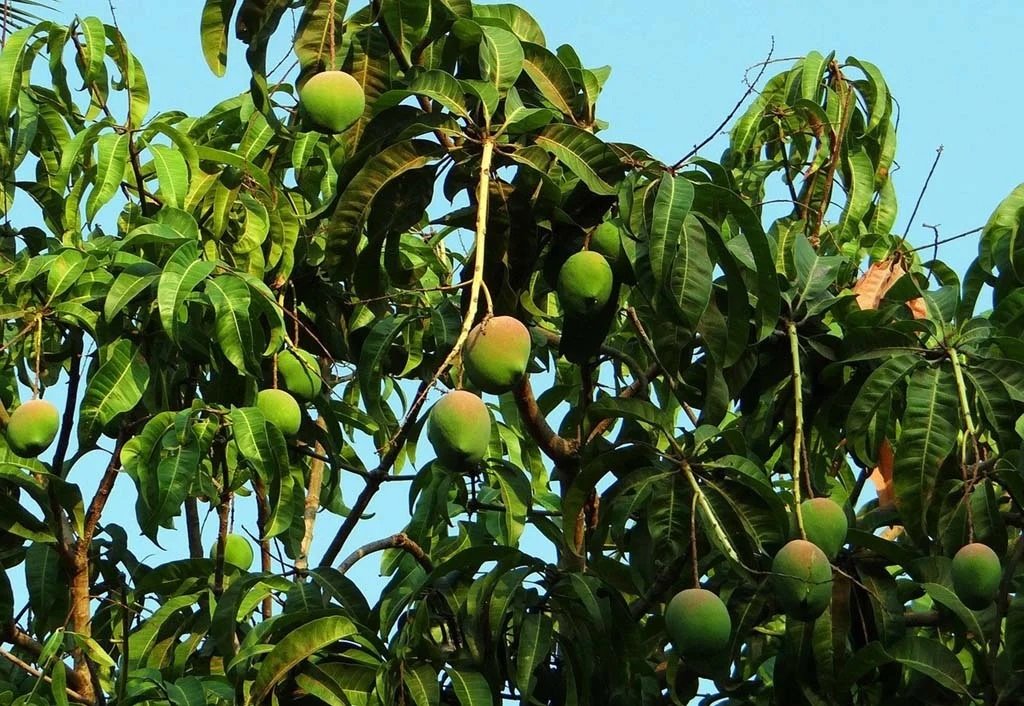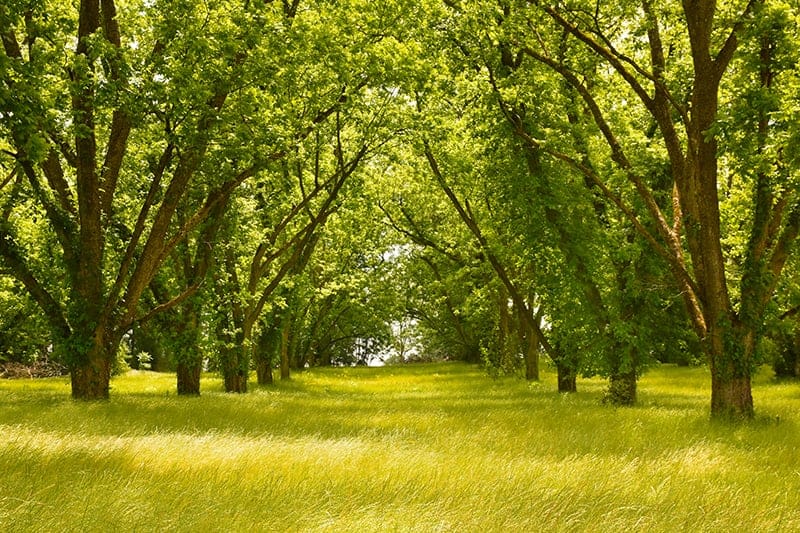- Home >
- Nut Trees
Nut Trees for Sale - Buying & Growing Guide
Filters
Price Range
Growing Zones
Plant Type
Sunlight
Mature Height
Plant Characteristics
17 Results
-
Growing Zone(s): 4-9$86.95
$109.95Save up to 20% -
Growing Zone(s): 4-9$99.95
$119.95Save up to 16% -
Growing Zone(s): 6-9$93.95
$109.95Save up to 14% -
Growing Zone(s): 3-8$124.95
$144.95Save up to 13% -
Sold OutGrowing Zone(s): 7-10$209.95
-
Sold OutGrowing Zone(s): 5-9$124.95
-
Sold OutGrowing Zone(s): 4-9$134.95
-
Sold OutGrowing Zone(s): 9-11$99.95
-
Sold OutGrowing Zone(s): 6-10$179.95
-
Sold OutGrowing Zone(s): 5-8$124.95
-
Sold OutGrowing Zone(s): 5-8$60.95
-
Sold OutGrowing Zone(s): 3-11 / 9-11$65.95
Nut Trees for Sale – Buying & Growing Guide
Nut trees can be just as lovely as any other type of tree that you would add to your landscape. But good looks aren't the only benefit these trees offer. Nut trees that are native to your region provide a food source for wildlife and for yourself.
How to Plant Nut Trees
Nut trees come in many different varieties, all of which will have some individual growth needs. Despite those differences, there are a few growth conditions that are similar across nearly all nut tree species.
Generally, these trees grow best in areas of full sun or partial shade. They typically enjoy well-drained soil. Regarding acidity, you will find that many nut trees are not very picky. Many species in this category can grow in soils that are either acidic, neutral, or slightly alkaline. For the best growth, you should give your nut trees a fertilizer that is high in nitrogen. A 20-10-10 formula is one of your best options.
How to Grow Nut Trees
- When. You can plant nut trees either in the early spring or late in the season during fall. Make sure the ground is not currently frozen.
- Where. Choose a location that receives full or partial sunlight. Give these plants plenty of space so that you can work around them and collect nuts from all branches.
- How. Dig a hole that is twice as wide as the root ball and as tall as the root ball. Score both the sides of the root ball and the sides of the hole to avoid root girdling and compacted soil. Avoid bending or breaking the taproot, and make sure to wet the roots before planting.
How to Care for Nut Trees
- Watering and nutrients. Since nut trees tend to have high water needs, you should plan to soak the soil around them thoroughly once per week. Each season, you should give your nut trees a nitrogen-rich fertilizer.
- Pruning. Timing for nut tree pruning will depend on the species. While some do best with early spring pruning, others will require late-season pruning because they can “bleed out” in response to early spring cuts.
- Pollination. Some nut trees, such as pecans, are self-pollinating, while others, such as hazelnut, require more than one tree to be present in order for successful pollination to occur.
- Harvesting. Most nuts are ready for harvest in the fall. Often, the hull of the nut will begin to separate from the nut when it is time to harvest.
